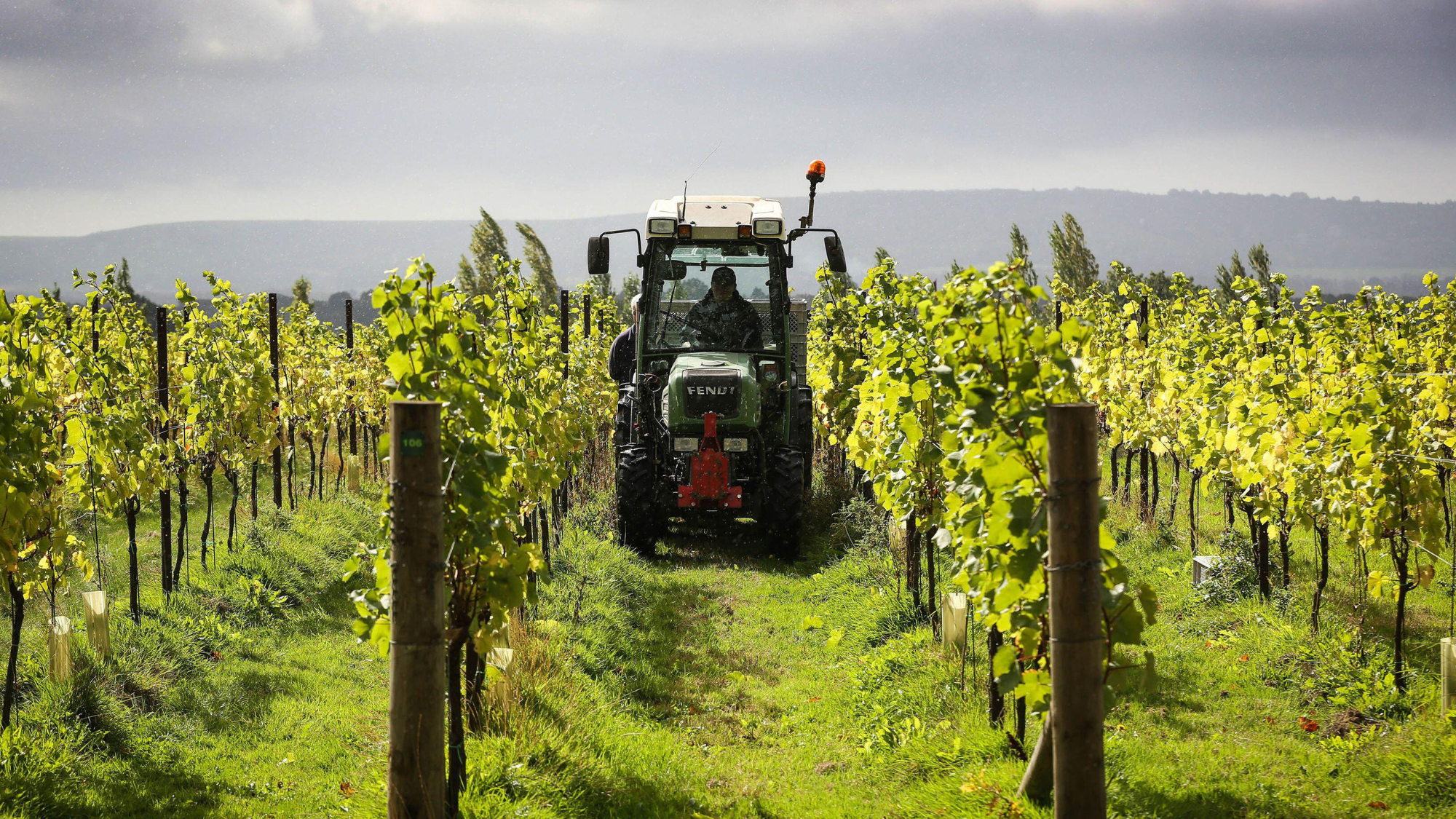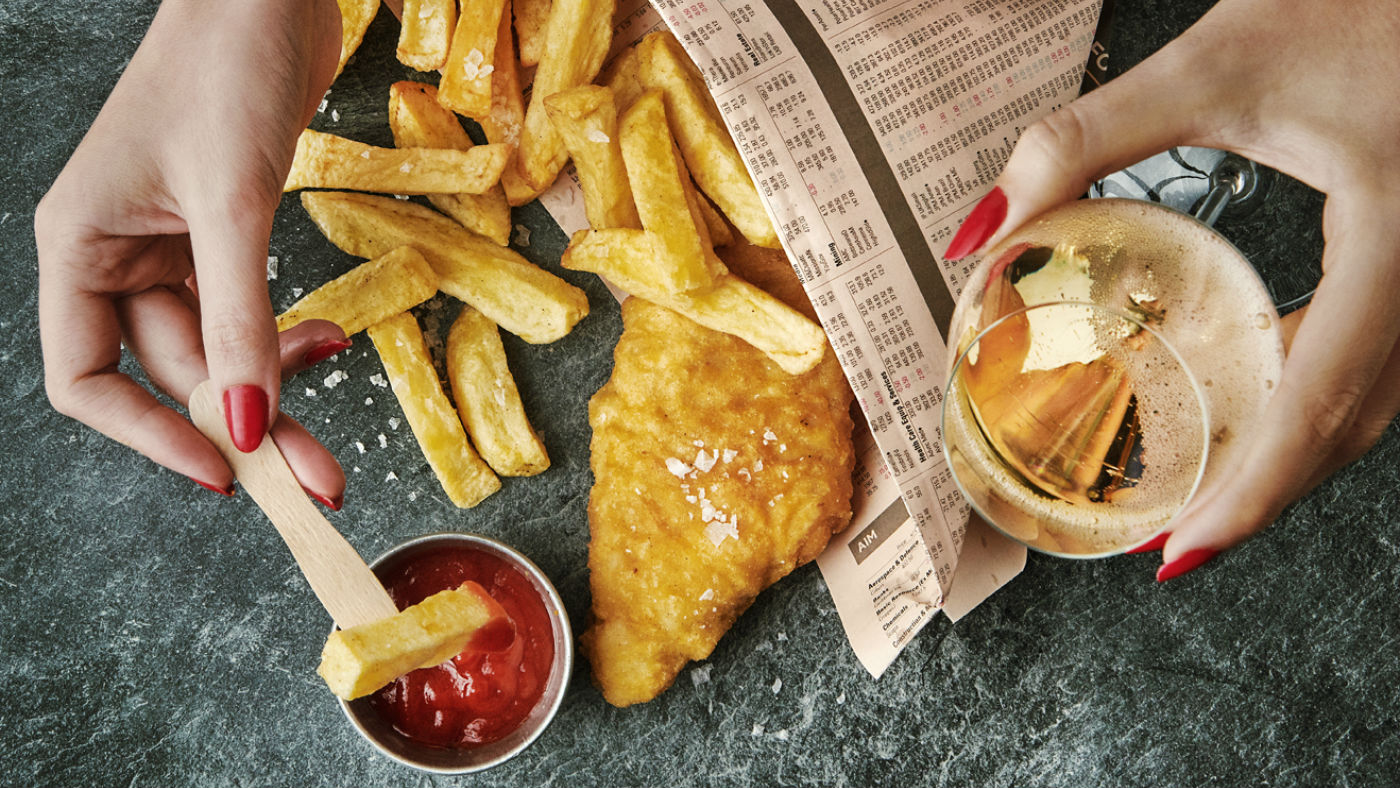Dom Perignon Plenitude Deuxieme 2000: Circulating energy
Richard Geoffroy, chef de cave of the iconic Champagne makers, discusses the new Plenitude Deuxieme

The plenitude of a wine – when it reaches its peak of maturation and a level of completeness – is a natural occurrence, an integral part of the way a Dom Perignon wine evolves. Depending on the vintage, the first plenitude (P1) occurs at 8-10 years, the second (P2) at 15-plus years and the third (P3) at 25 years and beyond. It is thanks to my predecessors keeping so much wine aside, which was previously uncommon as there was little commercial potential in doing so, that we were able to identify these stages and develop the wines that we present today. It is about formalising the observation and making it open to the outside world.
The tasting notes of the Plenitude Deuxieme (P2) depend on the vintage, but what defines it is the heightening of existing characters of the wine. Everything is more intense, more profound, more complex. The intriguing thing between the P1 and P2 is that it is the same blend and the same vintage, but people often tell me that they are two different wines. The P2 offers added dimensions, layers and layers of additional elements that derive from undergoing yeast maturation in the cellars for so many extra years. I believe that there's something so mysterious about this process, and that as the yeast eventually dies off, the energy is transferred to the wine. My theory is that energy is never created or lost, but keeps circulating in the sealed bowl moving from the yeast to the wine. Dom Perignon is among the most complex wines, but this requires time, it cannot be created overnight.

Our latest expression is the Dom Perignon Plenitude Deuxieme 2000. The 2000 harvest was challenging, as the weather had not been optimum until the end of August, but it turned fine for the last few weeks and throughout picking, so we were prepared to declare the vintage. The wine's character is prominent, with a unique coherence and harmony. At Dom Perignon we solely offer vintage, and I believe this is the one opportunity of creation in the realm of Champagne. Non-vintage is not creation; at best it is craftsmanship. Creation is against repetition, and there is a necessary element of repetition in non-vintage.
The Week
Escape your echo chamber. Get the facts behind the news, plus analysis from multiple perspectives.

Sign up for The Week's Free Newsletters
From our morning news briefing to a weekly Good News Newsletter, get the best of The Week delivered directly to your inbox.
From our morning news briefing to a weekly Good News Newsletter, get the best of The Week delivered directly to your inbox.
I'm a born-and-raised Champenois, from seven generations of winegrowers, but decided to break away to study medicine. I'm a physician by training, but the attraction back was all too strong. When you come from farming you belong to the farm, but instead of getting back to the family roots I went to Dom Perignon. I've been the chef de cave since 1990 – there's a magnetic attraction to the company, which is like a complex wine itself; the history, the tradition and the name of the man combined with elements of spirituality, glamour and transgression. It's harmonious – not passive or static, but dynamic.
RICHARD GEOFFROY was born in the heart of Champagne country and comes from a long line of Cotes des Blancs winegrowners. In 1990, he became Dom Perignon's chef de cave, and has been a custodian of its vintage wines ever since. Dom Perignon Plenitude Deuxieme 2000, £290, is available at Harrods, Hedonism Wines and clos19.com from July and by the glass in selected hotels and restaurants; domperignon.com
A free daily email with the biggest news stories of the day – and the best features from TheWeek.com
-
 Striking homes with indoor pools
Striking homes with indoor poolsFeature Featuring a Queen Anne mansion near Chicago and mid-century modern masterpiece in Washington
-
 Why are federal and local authorities feuding over investigating ICE?
Why are federal and local authorities feuding over investigating ICE?TODAY’S BIG QUESTION Minneapolis has become ground zero for a growing battle over jurisdictional authority
-
 ‘Even those in the United States legally are targets’
‘Even those in the United States legally are targets’Instant Opinion Opinion, comment and editorials of the day
-
 The rise of English sparkling wine
The rise of English sparkling wineThe Week Recommends As UK-based brands give champagne a run for its money, here’s everything you need to know about choosing the right bottle
-
 The best non-alcoholic fizz for Christmas
The best non-alcoholic fizz for ChristmasThe Week Recommends Add some quality, booze-free sparkle to your festive drinks list
-
 Take a Champagne-drinking tour across the globe
Take a Champagne-drinking tour across the globeThe Week Recommends Pop off at one of these seven Champagne-centric bars
-
 The Week's 2023 holiday gift guide
The Week's 2023 holiday gift guideThe Week Recommends You'll want to check this list twice
-
 Christmas champagne pairing: an expert's guide
Christmas champagne pairing: an expert's guideThe Week Recommends Françoise Peretti shares her top champagne tips for the festive season
-
 Champagne styles which pair perfectly with afternoon tea
Champagne styles which pair perfectly with afternoon teafeature Enjoy a glass of bubbly and add some sparkle to this great British tradition
-
 Fish, chips and bubbles: pairing champagne with classic takeaway food
Fish, chips and bubbles: pairing champagne with classic takeaway foodSpeed Read Add some sparkle to your meals with the perfect style of champagne
-
 Moët & Chandon’s bijou bar pops up at Selfridges London
Moët & Chandon’s bijou bar pops up at Selfridges LondonSpeed Read Retail therapy just got even better thanks to this cocktail bar with an arty twist